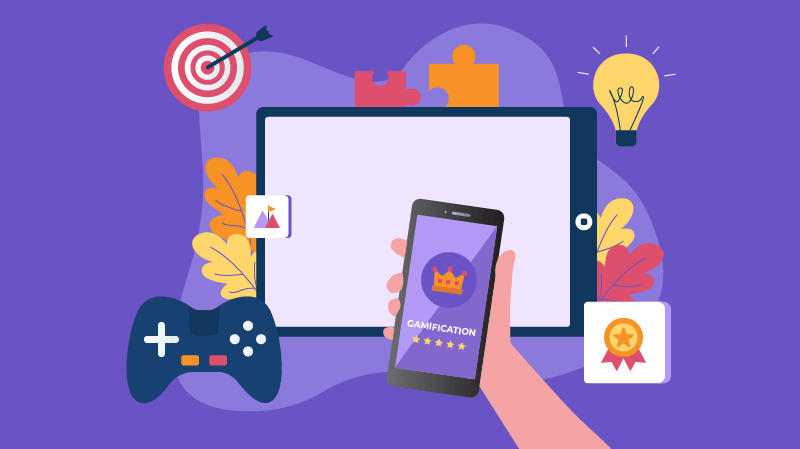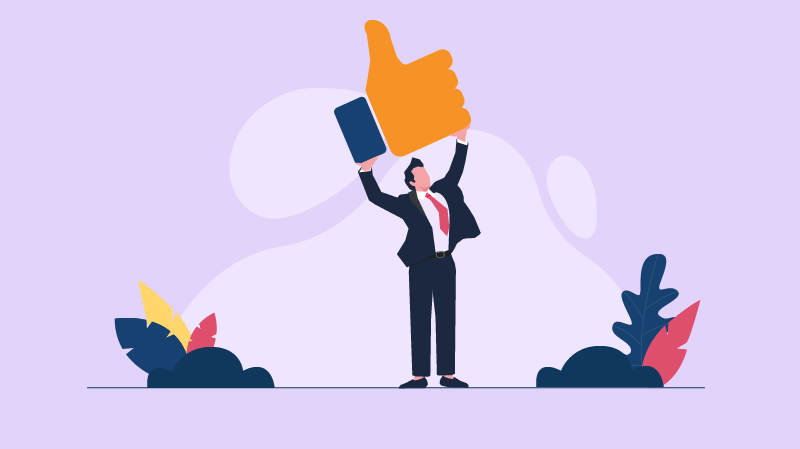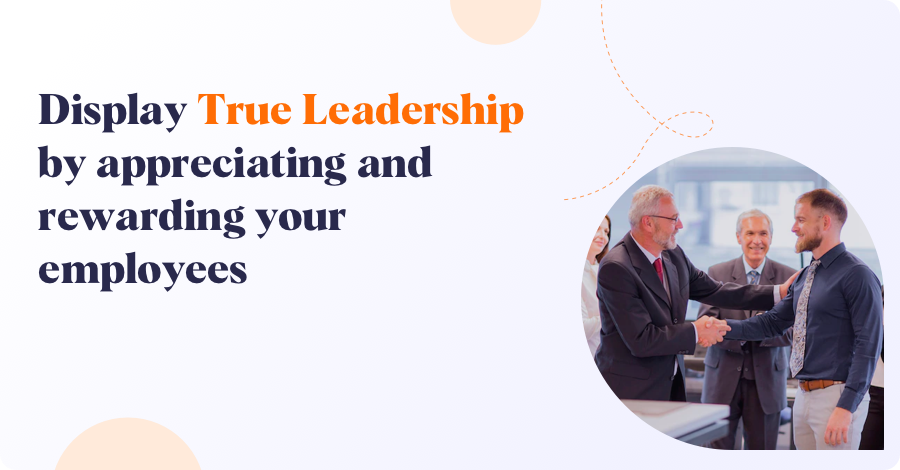How to Use Gamification in the Workplace Effectively
Let’s face it, the workplace can occasionally be a dull place, thanks to those never-ending meetings and the ever-growing to-do lists. But what if we told you that your workdays could be as exhilarating and fun as a weekend game night? All you have to do is use gamification in the workplace effectively.
From boosting employee morale to enhancing productivity, from fostering healthy competition to making learning an adventure, gamification is the key that can unlock the full potential of your workforce.
In this blog, we'll delve into the thrilling world of gamification and explore how you can harness its transformative power to revolutionize your workplace. We'll discuss strategies, tools, and insights to help you take your office dynamics from mundane to extraordinary.
Key Takeaways
- Understanding the Definition of Gamification
- Benefits of Gamification in the Workplace
- How to Implement Gamification at Work Effectively
- Examples of Gamification in the Corporate Setting
- Understanding the Risk and Challenges of Gamification
What is Gamification in the Workplace?
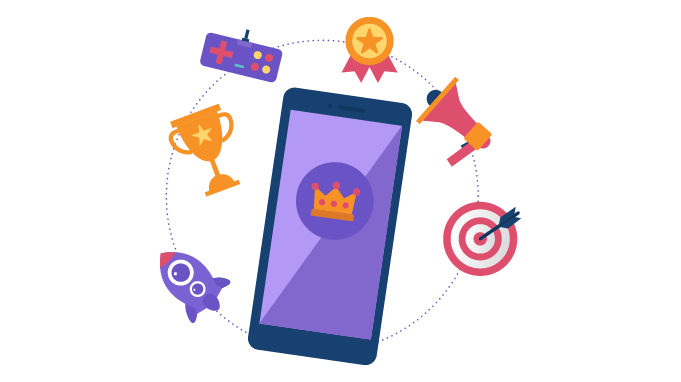
Gamification is an effective way to engage employees and motivate them to higher levels of performance - Adam Penenberg
Gamification, is a captivating and fun approach that leverages game design elements like scores, badges, points, and leaderboards to boost employee engagement. It's not about transforming your office into a gaming den but rather about unleashing your workforce's potential in an exciting and motivating way.
Introducing gamification in the workplace is like bringing fun and playfulness to the daily grind. It seamlessly integrates scoring, competition, and achievement that you find in games into your work routine.
Imagine turning your office into a thriving game board where everyone's a player, and the prize is not just a paycheck but also a sense of accomplishment.
Examples of Gamification in the Workplace
According to statistics, companies that use gamification are seven times more profitable than those that do not use gamified elements at work.
Gamification has taken the business world by storm in recent years, and for good reason. It's a game-changing strategy that is revolutionizing the way companies operate.
Companies are using gamification to boost productivity, build customer loyalty, and drive innovation, all while making work feel like a thrilling adventure. It's a win-win for all.
Now, let’s take a look at the companies leading the way in gamifying the workplace:
Gamification in Employee Recognition: Vantage Circle has masterfully revolutionized gamification in the workplace through its employee rewards & recognition platform, Vantage Rewards.
The platform covers the recognition needs of its employees by awarding badges to foster peer-to-peer recognition and celebrates top performers on the digital wall of fame. Plus, their comprehensive leaderboards come with real-time analytics.
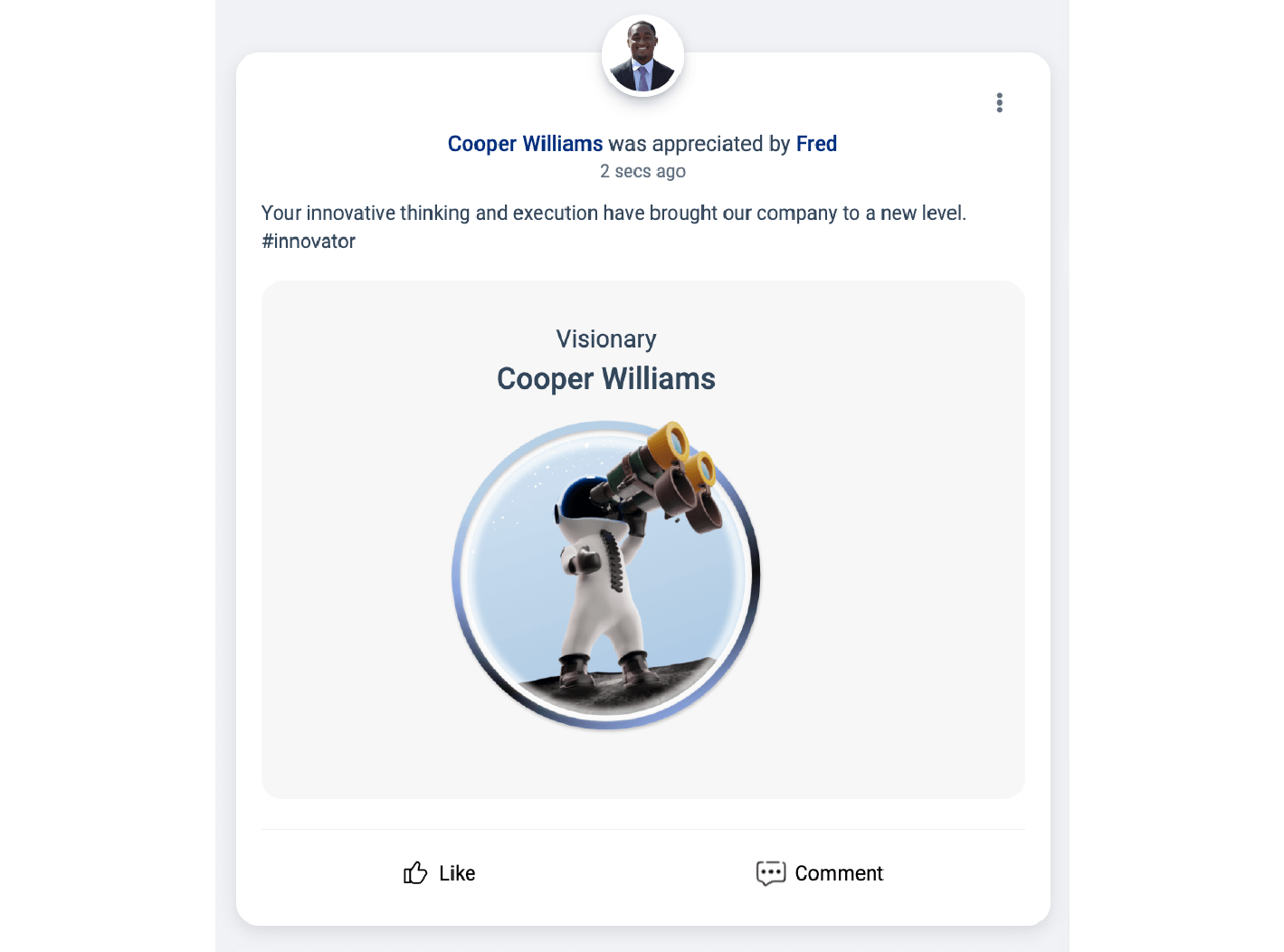
Source: Vantage Rewards by Vantage Circle
Gamification in Learning: IBM hopped on the gamification bandwagon with its digital badge program. The groundbreaking program gamified skill development and gave employees a visual way to quantify their contribution.
It further incentivized learners by enabling them to instantly post their badges on social media to showcase their expertise.
Gamification in Employee Wellness: Healthy employees are happy employees, and to support that cause, Vantage Fit is incorporating all the elements necessary. From interactive leaderboards to wellness challenges, it is breaking the monotony of corporate wellness.
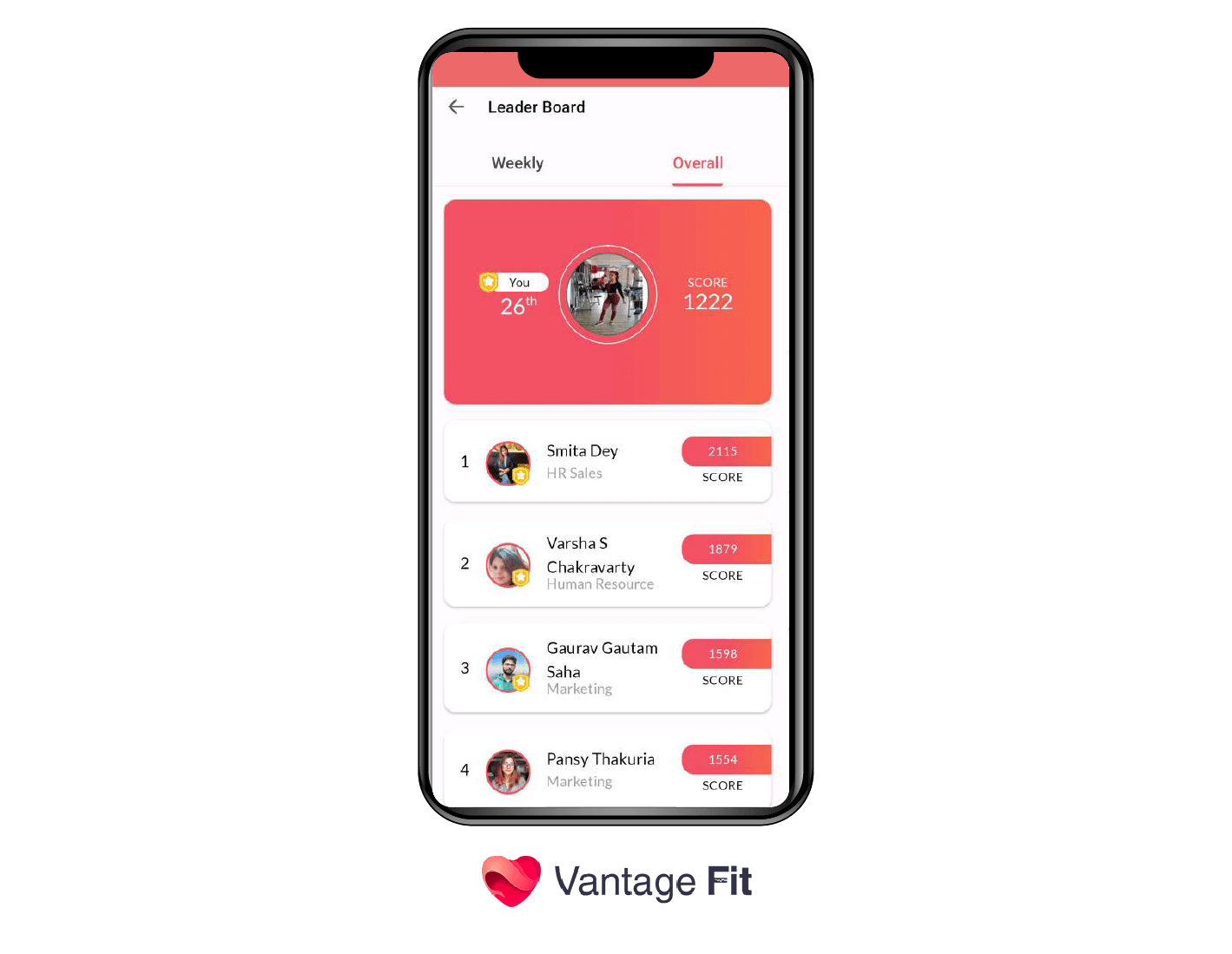
Source: Vantage Fit
Benefits of Gamification in the Workplace

Increases Employee Engagement & Motivation
According to Research, 72% of people say gamification motivates them to do tasks and work harder.
Gamification can make work more engaging and enjoyable for employees by tapping into the natural desire for achievement, competition, and fun. It has a remarkable ability to kindle a sense of excitement and involvement in the workplace.
By integrating game elements like points, badges, and leaderboards into everyday tasks, you can increase employee engagement and motivation in the workplace.
For instance, when a company utilizes a gamified training program instead of long and dull training sessions, it makes learning more fun and engaging. Employees become more engaged and motivated to excel in the workplace.
Encourages Desired Behavior
Gamification is a powerful tool to encourage desired behavior in the workplace. It leverages the principles of motivation and reward from games to shape how employees perform their tasks.
For instance, if you want to encourage punctuality and attendance in the workplace, you could implement a gamified attendance system. Employees could earn points for arriving on time and redeem them for rewards. The leaderboard could display the top employees with the best attendance records, creating a friendly competition.
Provides Instant Feedback & Accomplishment
Gamification provides instant feedback by offering real-time responses to employee actions, such as completing tasks or hitting milestones. Awards like badges, points, and leaderboard rankings act as immediate recognition of their efforts.
For instance, your employee earns a "Sales Star" badge for consistently meeting or exceeding monthly sales targets. These badges will showcase that they have been rewarded for their accomplishments and contributions.
Drives Performance through Competition
Gamification can drive performance through competition by introducing challenges and rewards that motivate employees to excel in the workplace.
For instance, offering tangible rewards or recognition to top performers can entice employees to compete for the coveted top spots. The rewards could include bonuses, gift cards, or special titles like "Employee of the Month."
Improves Retention
Gamification can enhance employee retention by making onboarding, skill development, career progression, and recognition more engaging in the workplace.
This approach creates a more fulfilling workplace environment, encouraging employees to stay with the company long-term and continue their growth within the organization.
Companies like Microsoft have seen 40% higher employee retention rates after gamifying training and onboarding.
Implementing Gamification at Work Effectively
1. Set Clear Goals and Rules

Implementing gamification at work effectively begins with setting clear goals and rules. This step is crucial because it provides employees with a framework that ensures they understand what is expected of them, how to participate, and what they can gain from the gamified system.
-
Communicate Goals, Criteria to Win, and Rewards Clearly
Communicating goals and objectives clearly helps employees understand what they are working towards and the rewards they can earn. This gives them a sense of purpose and direction.
-
Explain Rules and Ensure Fairness
Clearly defined rules create fair play, ensuring all employees have an equal opportunity to succeed. This fosters trust and enthusiasm among participants.
-
Convey Purpose and Benefits
As an employer, you must make your employees understand why gamification is being introduced and how it benefits them. Make them see its relevance and how it aligns with their personal and professional growth.
2. Incorporate into Training
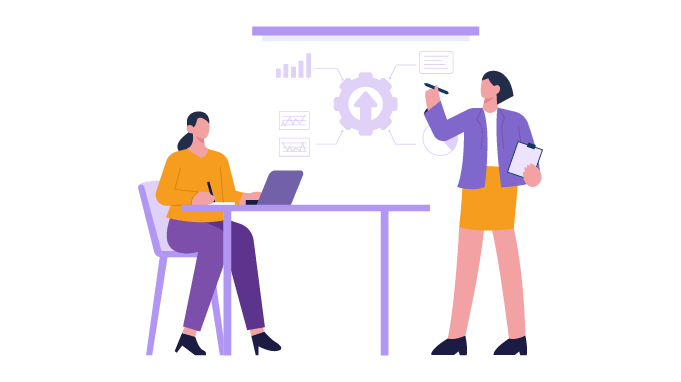
Learning and personal growth, when integrated with gamification, can be more interactive and enjoyable. You can create engaging e-learning modules featuring quizzes, challenges, and progress tracking. This way, employees can elevate their skills and expand their knowledge.
-
Use Points, Leaderboards, and Badges in eLearning
Using gamified elements, such as points, leaderboards, and badges in eLearning, can create a sense of achievement and competition among employees.
They are motivated to complete training modules and perform better to earn rewards, recognition, or simply to top the leaderboard.
-
Establish a Culture of Friendly Competition
Establishing a culture of friendly competition in the workplace would motivate your employees to push their boundaries and excel in their roles. It would not only foster engagement and collaboration but also spark healthy rivalry among employees to perform better.
-
Gamify Training to Motivate Learners
Gamified training modules make learning more interactive. It not only keeps learners engaged but also helps them apply the acquired knowledge in real-world scenarios.
For instance, in a customer service training program, a simulation game can be used to turn training into an exciting adventure, motivating learners to master customer service skills.
3. Offer Meaningful Rewards
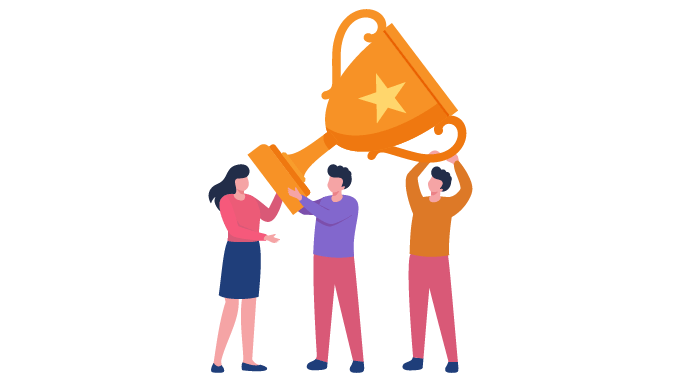
You can implement gamification in the workplace by offering meaningful rewards that go beyond mere monetary compensation and have a deeper impact. The rewards could align with your employees’personal and professional goals, values, and motivations.
-
Consider the Quality of Life Rewards beyond Money
When you offer rewards that go beyond monetary compensation, it demonstrates that you care about your employees' overall well-being.
Instead of a cash bonus, consider offering quality-of-life rewards such as additional paid time off, flexible work arrangements, or wellness programs. These rewards improve work-life balance and contribute to employees' overall job satisfaction.
-
Leverage Public Recognition
You can leverage public recognition and implement leaderboards or a "Wall of Fame" to showcase the top performers within your gamification system. It creates healthy competition and a culture of achievement within the workplace.
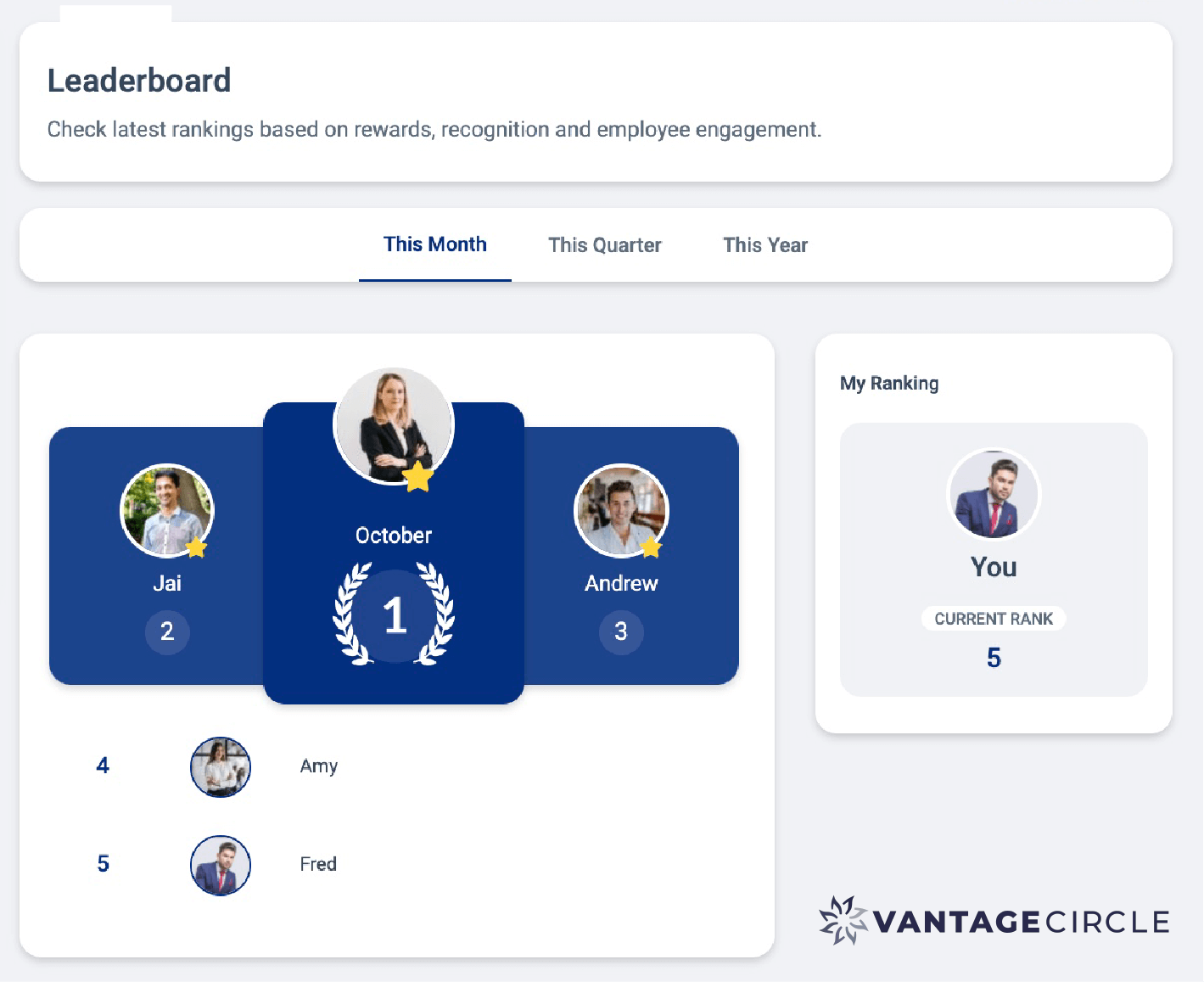
Source: Vantage Circle
-
Ensure Incentives are Desirable
Employees who find the incentives attractive are more likely to engage with the gamification system actively. Instead of assuming that everyone values the same rewards, offer various options.
4. Recognize Participation

Recognizing participation through gamification encourages employees to strive for excellence. By recognizing participation, you not only motivate your workforce but also create a more dynamic and collaborative work environment. It can result in improved performance and productivity.
-
Reward Completion and Participation
Rewarding both completion and participation encourages consistent involvement. It helps employees feel valued for their efforts in the workplace.
By rewarding employees who have completed the task along with those who have participated will encourage active engagement in the workplace.
-
Make all feel their Contribution Matters
When employees believe their work is valued and recognized, it creates a more inclusive and positive work environment.
As an employer, you can make it a point to publicly acknowledge and celebrate your employees' contributions, regardless of the scale of their role. This will make them feel valued and motivate them to work towards the organization's success.
5. Track Performance with Analytics
![]()
Gamification, coupled with real-time analytics, is a powerful tool for tracking employee performance. It enables organizations to monitor and evaluate individual and team accomplishments with data-driven insights.
These analytics can include completion rates, progress in training modules, scores, participation levels, and more.
-
Create Dashboards to Analyze Participation
Dashboards provide a visual representation of participation and performance metrics. They give you a quick and easy assessment of how employees are engaging with the gamified system.
You can create a dashboard showing the number of employees who completed a module, the average scores, and the time to finish. This will help you identify which modules are most engaging and where learners might struggle.
-
Relate Metrics to Goals and Expected Outcomes
Aligning metrics with goals enables you to measure the impact of gamification accurately. It helps you focus on what truly matters for the organization's success.
For instance, if your goal is to improve customer service, metrics could include response times, customer satisfaction scores, and the number of resolved issues.
-
Identify What's Working and not Working
Analyzing what's working and what's not will help you continuously enhance the gamification system.
With the help of performance data, you can identify both successful and underperforming aspects of your gamification strategy.
6. Provide Opportunities for Reflection
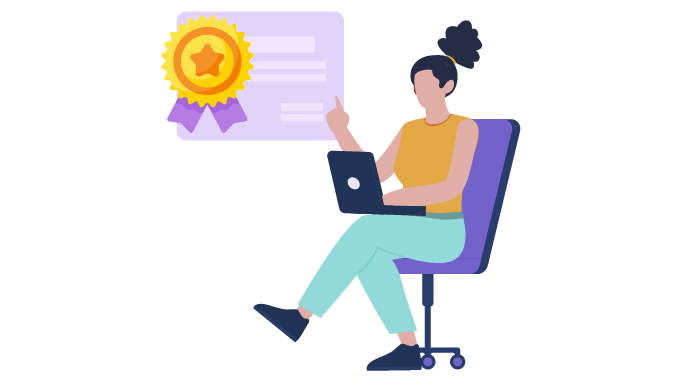
Gamification in the workplace can offer valuable opportunities for employees to pause, assess, and learn from their experiences. In this regard, features such as progress tracking and feedback mechanisms come in handy.
It enables your workforce to identify their strengths and areas for improvement, fostering a culture of continuous learning and self-awareness.
-
Review Successes and Failures after Challenges
Gamification encourages employees to review their successes and failures after participating in challenges or tasks. This reflection process helps them identify what worked well and what needs improvement to become more effective in their roles.
-
Enable Employees to Learn from Experience
Gamification promotes a learn-from-experience approach. This enables them to learn from their past experience and adapt their skills according to the task or challenge at hand.
-
Focus on Individual Performance
Gamification focuses on individual performance by measuring progress and growth over time.
Through engaging game elements, it transforms tasks into enjoyable experiences, making individuals more productive, persistent, and satisfied with their accomplishments.
Risks and Challenges of Gamification in the Workplace

Perceived as a Gimmick
According to a survey by TalentLMS, 37% of employees feel gamification is a gimmick if not implemented thoughtfully.
Gamification, when not implemented thoughtfully, can be perceived as a gimmick. This perception can undermine the intended benefits and leave employees feeling that their workplace cares more about superficial fun than genuine improvement.
Imagine a company introducing a sales leaderboard with rankings, and the month's top seller receives a "Sales Champion" trophy. Employees may perceive it as a gimmick since it fosters unhealthy competition between colleagues. The workforce will be more focused on outdoing each other rather than working together.
Rewards Seen as Manipulative
Rewards can be perceived as manipulative when they divert focus towards chasing points.
Consider a scenario where employees become so focused on the rewards that they neglect the quality of their work. They could rush through tasks or even compromise ethics to complete their tasks and earn rewards. This shift in focus can be detrimental to the overall success of your organization.
Meaningless Badges or Leaderboards
Employees may perceive badges or leaderboards as meaningless when rewards and rankings lack clear meaning or purpose. This happens because they fail to provide genuine motivation or engagement.
For example, you’ve awarded your employees with the "Prolific Printer" badge, and they rank higher on the leaderboard for printing hundreds of pages. Will it feel like an accomplishment to them? Not really.
When badges and rankings are handed out for mundane tasks, it dilutes the value of real achievements, leaving employees wondering, "What's the point?"
Stagnant Approach & Lack of Long-Term Engagement
According to Research, 79% of employees feel disengaged if gamification content becomes stale and unchanging over time.
Workplace gamification can be fun until the excitement fades away, like when you get tired of playing the same game on your console. When this happens at work, employees might lose their interest and enthusiasm toward their jobs.
When a gamification program remains static, with the same rewards, badges, and challenges for an extended period, it becomes dull. Employees need evolving content and goals to stay engaged, like a video game with updates or new levels.
Wrapping Up
Defining gamification is not that easy, and neither is implementing it in the workplace. If you wish to unlock the true potential of your workforce through gamification, set clear goals, communicate objectives, and leverage game elements to boost employee engagement. You must remember to continuously review and refine your approach to ensure its effectiveness and long-term success.
Don't settle for less– seize the opportunity to redefine success. Implement gamification effectively to unlock your workforce's full potential today and watch your company soar to new heights!










